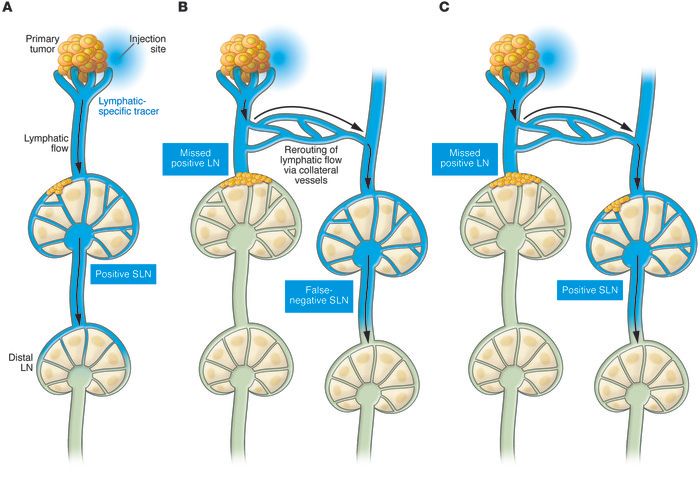Lymph Flow Mechanisms

These mechanisms are discussed in this article. Also, read about the role of temperature in lymph flow and the role of mechanotransduction in lymphatic vessel development.
Mechanotransduction regulates lymphatic vessel maturation and development.
Mechanotransduction is a process that regulates lymphatic vessel maturation and development. This process is activated by an external fluid force and translates to an activation of a biological signal that drives lymphatic expansion. Understanding this mechanism may give us greater insight into the pathophysiology of several diseases and suggest novel therapeutic targets.
In this study, scientists studied the role of extracellular matrix stiffness in lymphatic vascular morphogenesis by examining the regulation of PIEZO1 and ORAI1. While the mechanisms involved are complex, there is strong evidence that stiffening and deformation of the extracellular matrix influence the formation of lymphatic vascular morphogenesis. For instance, when venous lymphatic endothelial cell progenitors leave the cardinal vein, they experience a decrease in substrate stiffness, which induces a GATA2-dependent transcriptional program to form the first lymphatic vessels. In addition, LECs grew in soft tissue display higher GATA2 expression levels than those grown in stiff media.
The PIEZO1 ion channel mediates mechanotransduction. It induces a change in membrane tension, which leads to a change in propeller conformation and opening of the channel pore. The PIEZO1 ion channel is one of the key mechanotransducers for proprioception, respiration, and light touch sensation. It is expressed in endothelial cells and is required to mature and develop blood vessels in adult mice. Furthermore, it plays an important role in red blood cell volume regulation. Gain-of-function mutations in PIEZO1 result in dehydrated RBCs.
Temperature affects lymphatic flow.
Temperature affects lymphatic flow by altering the structure of the lymphatic vessels. When the temperature changes, lymph flow increases and decreases. In addition, the lymphatic vessels may adapt to a change in temperature. The study further shows that the temperature of the lymphatic vessels influences the amount of lymph that drains from the body.
The lymphatic system is an important part of the immune system. It helps filter waste, bacteria, and toxins out of the body. It also contains white blood cells that fight infections. Moreover, it helps the body launch an immune response by alerting the immune system when it encounters harmful substances.
The lymphatic system works with the cardiovascular system to maintain fluid balance and provide nutrients to body tissues. It also removes waste products. The cardiovascular system starts with the heart and pumps oxygen and protein-rich blood through the arteries and veins. The veins transport waste products back to the heart.
Mechanisms responsible for lymphatic motion
The molecular and cellular basis of the lymphatic motion is not completely understood, but it appears to be governed by preload, afterload, transmural pressure, and shear stresses. These factors act as forces in the lymphatic system, influencing the direction and rate of propulsion in the collection vessels. In addition to intrinsic mechanisms, there are also extrinsic factors that affect lethargic motion. One model relies on external forces such as gravity and vascular endothelial cells, which affect lymph flow in the collecting vessels.
Lymph comprises capillaries, collecting vessels, lymph nodes, trunks, and ducts. To properly transport the lymph, these vessels have to be connected. The pre-collectors are connected to the collecting vessels by bicuspid one-way valves. These pre-collectors have two functions: to carry the lymph and to bind the lymph nodes.



